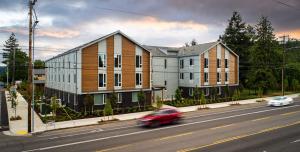I looked at Appendix A and didn't see my organization name on the list of qualified vendors. What do I do now?
Appendix A only lists organizations that are specifically qualified to provide services in three service categories included in previous procurements: Supportive Housing, Connections to Stable Housing, and Wrap-around Supports. Organizations that only qualified for other service categories are not listed. Non-Qualified organizations may partner with Qualified organizations to apply for collaborative projects.
Please email adam.yang@multco.us(link sends e-mail) and our team can look into your specific case.




